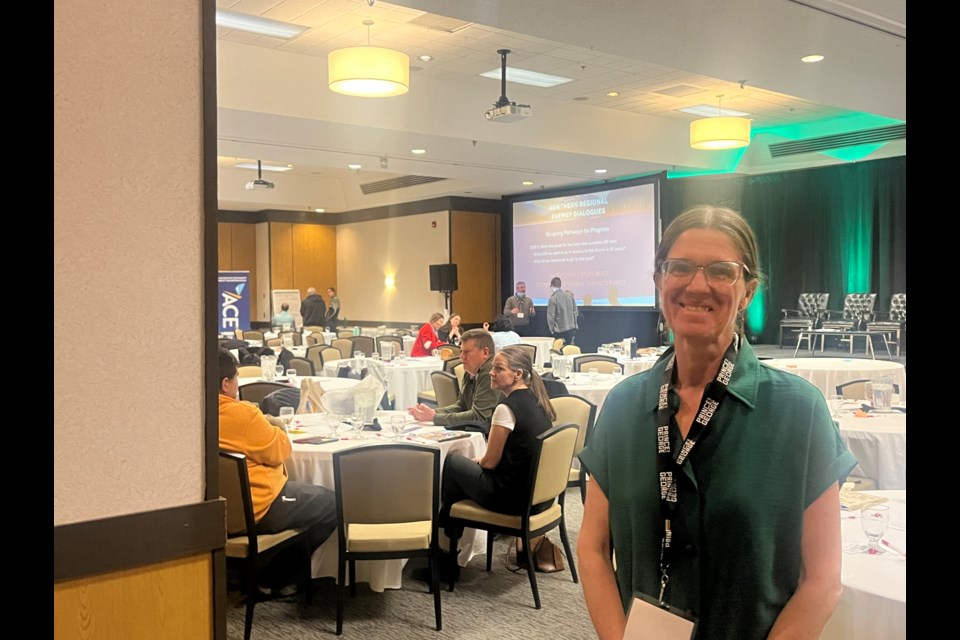The second day of NorthCAN Wednesday, April 30 included discussions on fostering health and wellness in a changing climate, as well as on glacier change and why it matters to Canada.
The conference began Tuesday, April 29.
The day's conversation wrapped up with a session on Northern Regional Energy Dialogues, a project run by Accelerating Community Energy Transformation (ACET).
The program is in its first year and is working in partnership with the University of Victoria, the University of Northern British Columbia and the Northern British Columbia Climate Action Network (NorthCAN).
The project is led by Sinead Earley of the School of Planning and Sustainability at the University of Northern British Columbia.
“ACET is very much focused on trying to support community-based, community-driven renewable energy projects across the board,” said Earley. “Primarily working in British Columbia, but in other parts of Canada as well. I think pretty early on in the development of their program they recognized that rural, remote and northern communities are on the front lines of climate change impacts — some of the more severe changes we’re seeing in terms of precipitation levels or temperature levels.
“They’re also in closer proximity to resource sectors that are undergoing some pretty significant transition as we shift away from fossil fuels toward renewables. I think there’s this recognition that northern communities have a lot to say on this matter.”
According to the project's website, the first phase is to “convene regional dialogues across northern BC to identify community interests, needs and gaps in support of energy transitions and energy system innovation.”
Earley spoke to The Citizen about some of the initial findings from their engagement with northern communities.
“There’s quite a bit of momentum right now. In everything we hear from a lot of these small northern towns, everyone’s talking about the rec centre, right? It’s so often a community hub and they’re integrated systems. It’s where the arena is, it’s where the pool is — it’s where the community gathers, particularly in the winters. A lot of those municipally run facilities are integrating some really interesting technology like waste heat capture; they’ve got solar panels to balance out their energy sources, and that’s just one of so many.”
Earley added that she hopes the project will lead to more functional communication between communities.
“I hope to see resources put in the hands of communities,” said Earley. “We say ‘capacity building’ — that’s a pretty big buzzword — but none of us stop and pause and actually ask ourselves what that means. I’d love to see more staffing capacity at the local or regional level in terms of energy planning or climate planning. A lot of this has to do with communication. It’s not going to do us any good to establish and lay the groundwork for, say, a regional energy coordinator if it’s not communicated in a way that the public is ready to receive and work with.”
Earley told The Citizen that she is an advocate for keeping potential jobs related to energy transition and renewable development in the communities that need them. One of the first steps, she noted, is keeping the technical training for these jobs in the communities themselves.
“The skills and training question is really interesting,” said Earley. “I speak from my experience at UNBC, which is ‘in the North, for the North.’ One of the whole ideas was retention — what training and education opportunities can we build into northern institutions so that people can use that and get good jobs back in northern towns and not have to leave?
“I think there’s a huge role and responsibility for universities, but also colleges and also trade and tech schools. But I think really what we need to do is try to develop some training and education opportunities that are closer to home, whether it be at the colleges or the university, that feed into this sort of new labour force we’re going to need to support these new technologies.”



